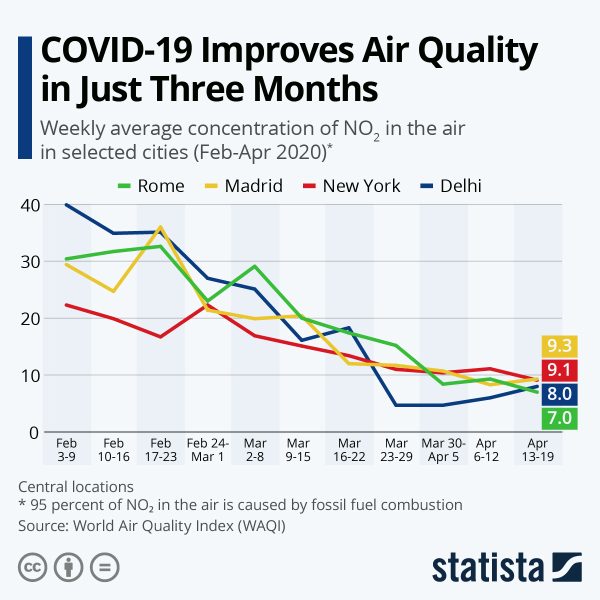
As an environmentalist, I’m concerned about the state of our Earth. As a Potomac student, I’m concerned about our own stewardship of our campus ecosystem, and what I see as our profligate use of resources and unfettered carbon emissions. As a teenager, I’m impatient to see some change (other than climate change). Last year, I interviewed a sustainability expert. I also traveled to Morocco, where I observed the real-world impacts of climate change on marginalized communities. This spring, the New York Times published a feature on the work of Partha Desgupta, a Cambridge University professor emeritus, whom they’ve termed the most important person you’ve never heard of. His groundbreaking study commissioned by the British government, proposed a method to calculate the combined monetary value of human use of every environmental asset in the biosphere–and he suggests that we pay for what we consume.
This article is a result of a phone interview with Dr. Secondi, Potomac’s Upper School economics teacher, on July 19th, who generously took time out of his summer to educate me on “externalities.” I plan to draw on the knowledge he shared in our interview in my future articles for the Current on the environment.
Editor’s note: The following transcript of the interview has been edited for length.
Arielle: You mentioned that you could speak to how economists generally approach environmental issues. Could you tell me about this concept of an externality?
Dr. Secondi: We know that there are a lot of activities that impose environmental costs of some sort. We think about this concept of externality. That’s the idea that a firm is producing a good, to make money and sell it, but in the process they pollute the environment. Therefore, the firm is imposing a cost on society that they don’t pay for themselves. For example, secondhand smoke is a negative externality. Smoking makes you happy, so that’s why you do it. But in the process, someone else has to breathe the smoke and their health deteriorates.
Arielle: Do you believe that “internalizing the externalities” and imposing some sort of tax would be the most promising incentive for global efforts towards mitigating carbon emissions?
Dr. Secondi: Well, what makes it really tricky from a practical point of view is the fact that this is not something you can do at the national level. Pollution travels across borders, but tax laws do not. That’s the practical reality. Most economists still favor carbon taxes at the national level as a way to mitigate some of these costs.
The other thing I would say, just in terms of how economists look at the issue of climate change or environmental degradation in general is to keep in mind that all these environmental problems are costly. They make society worse off, but cleaning up these problems is also costly. So you must ask yourself, “Why do you first pollute instead of not polluting?” Companies pollute because it’s cheaper for them to pollute than not to. At least, that’s true for them and in the short term. On the other hand, it’s costly to pollute less to begin with. So in a way, we always need to compare the cost of pollution to the cost of cleaning up pollution as opposed to assuming that it’s always better to minimize the impacts on the environment.
To make this a bit more concrete: think about all the pollution that driving causes. We saw during Covid that when people stopped commuting to the office, all of a sudden air quality improved dramatically. It was kind of a natural experiment, how good for the environment it was for people not to drive.

But if you take that kind of thinking to an extreme, if nobody ever drove their car, there would be an enormous improvement in air quality. So does that mean that that’s the solution? Well, obviously no. Because if we did that, then there would be a very significant cost in terms of what we’re not able to do.
So a lot of what economic analysis does in a way is to compare cost and benefit, to basically say, “We do want to decrease the impact of pollution. But there’s a point at which it becomes so costly to do that, it’s probably not worth it, because we’re forced to face other costs.”
Arielle: I do wish there was some way that our school could put at least a little bit more money towards sustainability.
Dr. Secondi: One of the tricky parts of making decisions like that is the changes tend to have very long-run impacts, good and bad. That makes those kinds of cost and benefit calculations very difficult to do because realistically, we don’t know where the technology is going to be 20 years from now. That makes the calculation more complicated. And yet, if you don’t take into account long term impact, you really cannot do this work at all. Because that’s the whole issue with climate change– it happens over a long period of time. So you have to be willing to look at projections.











